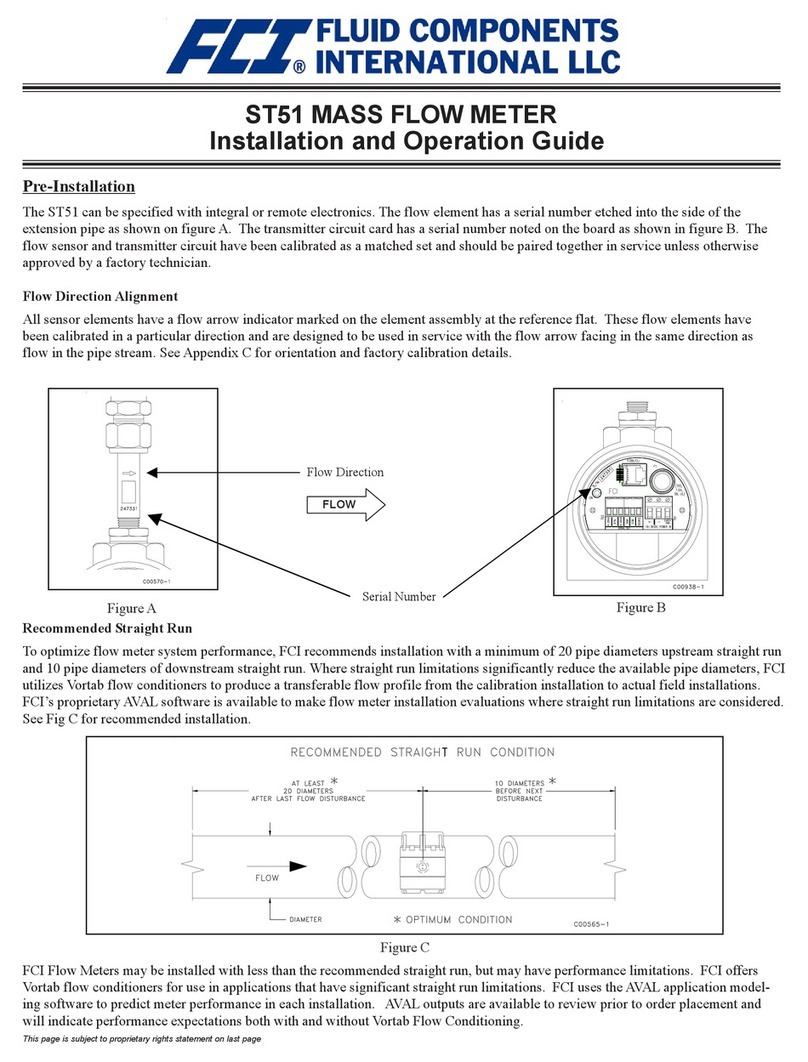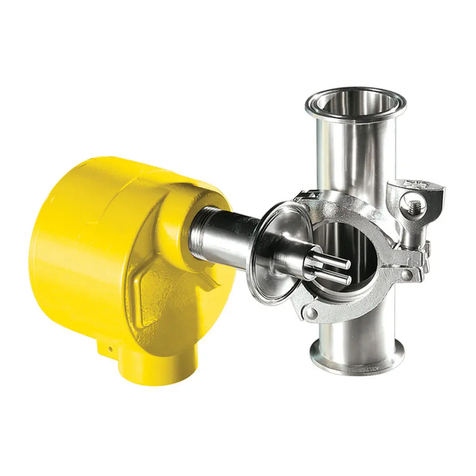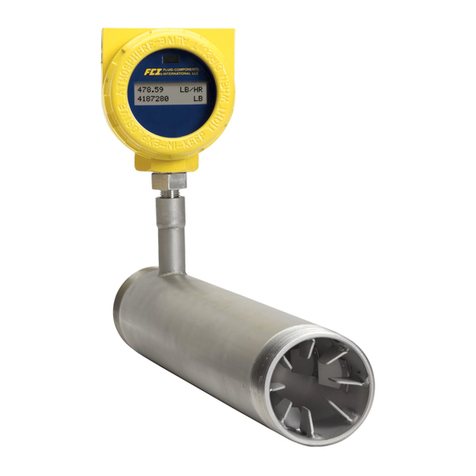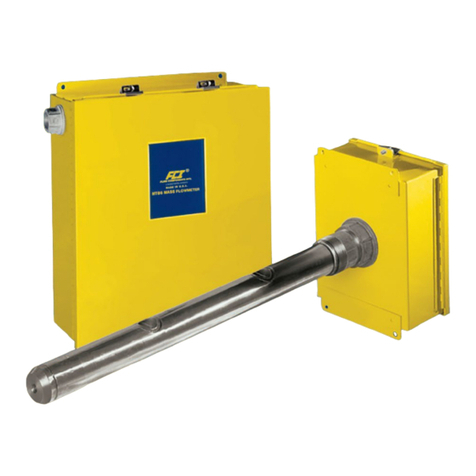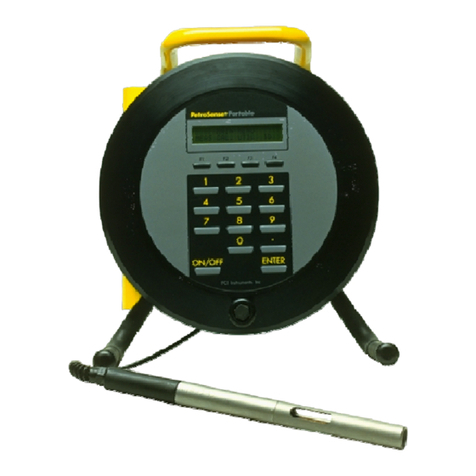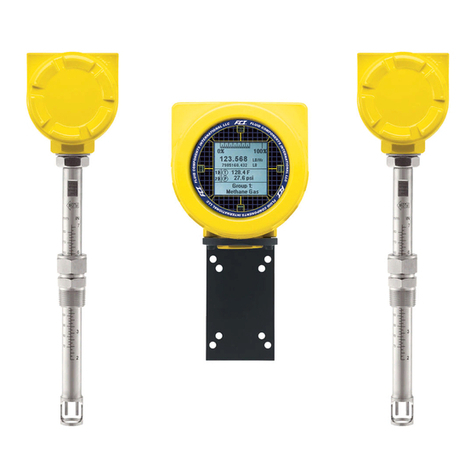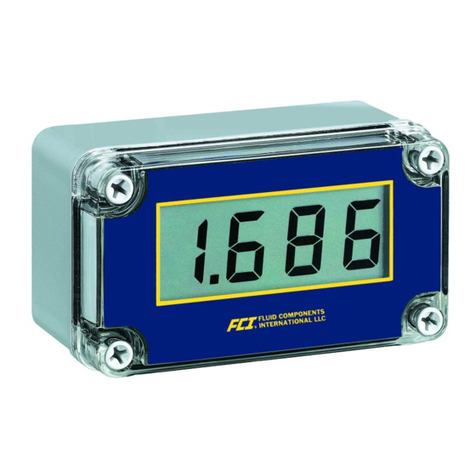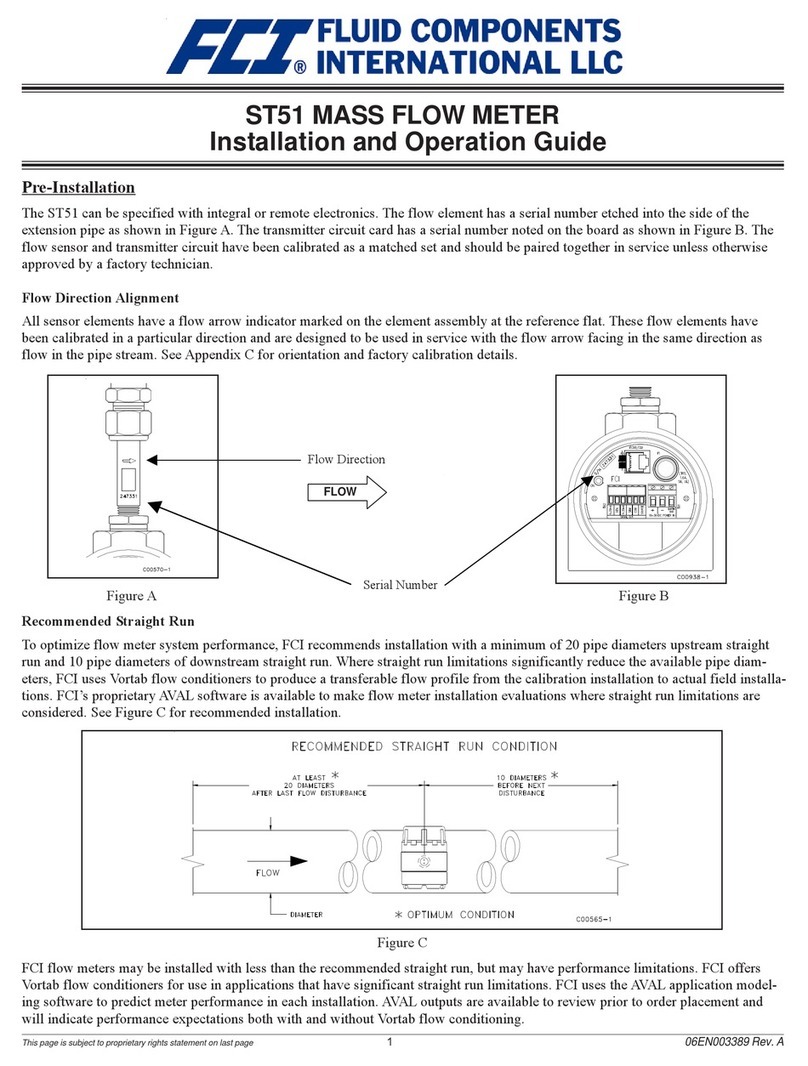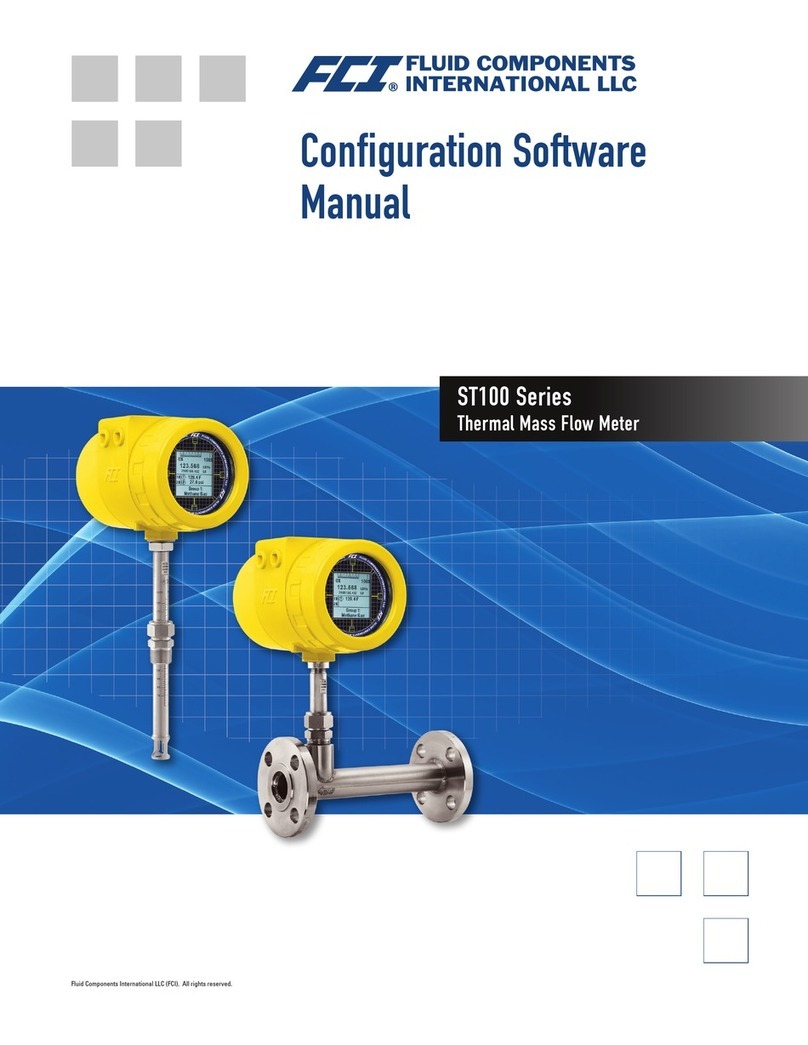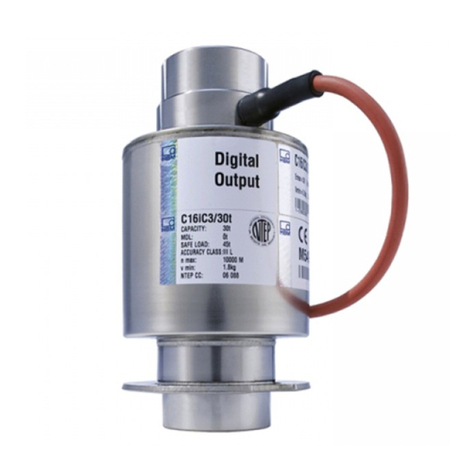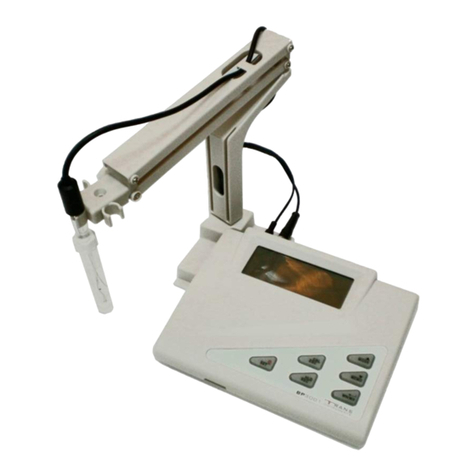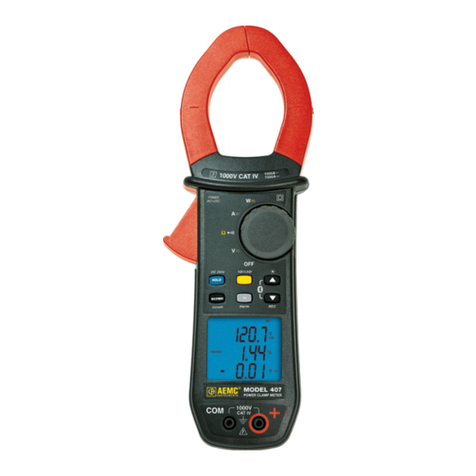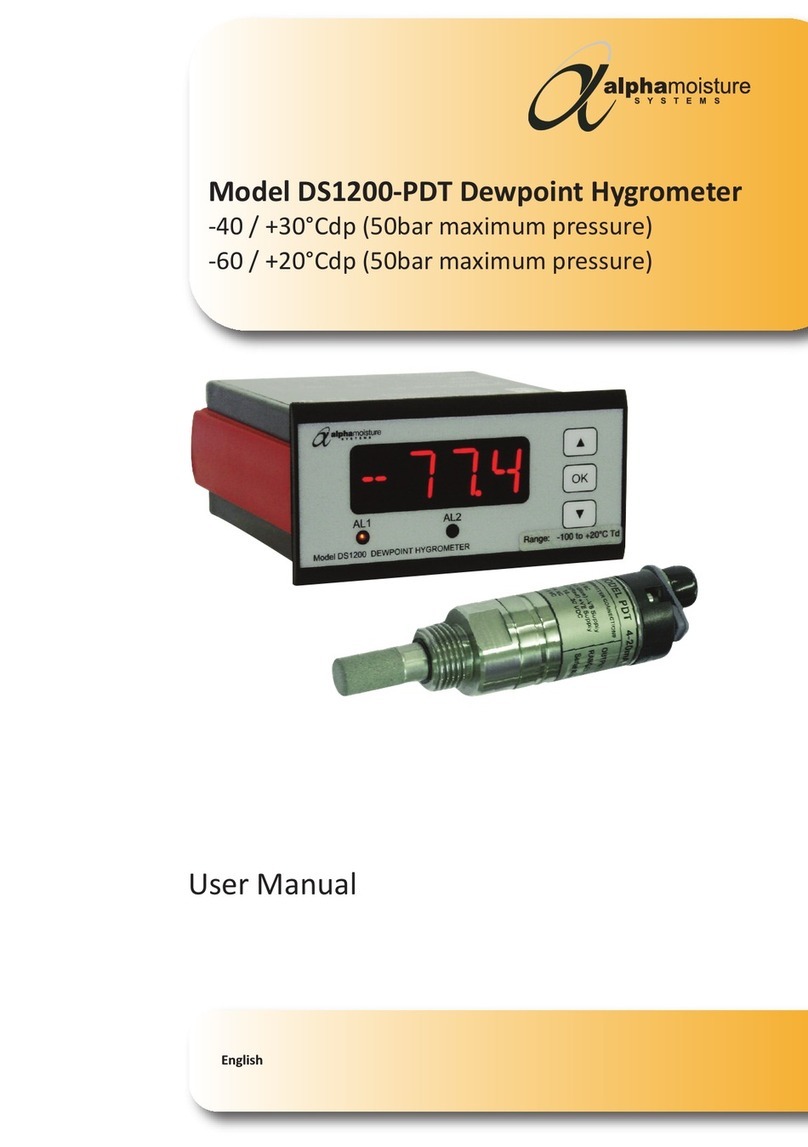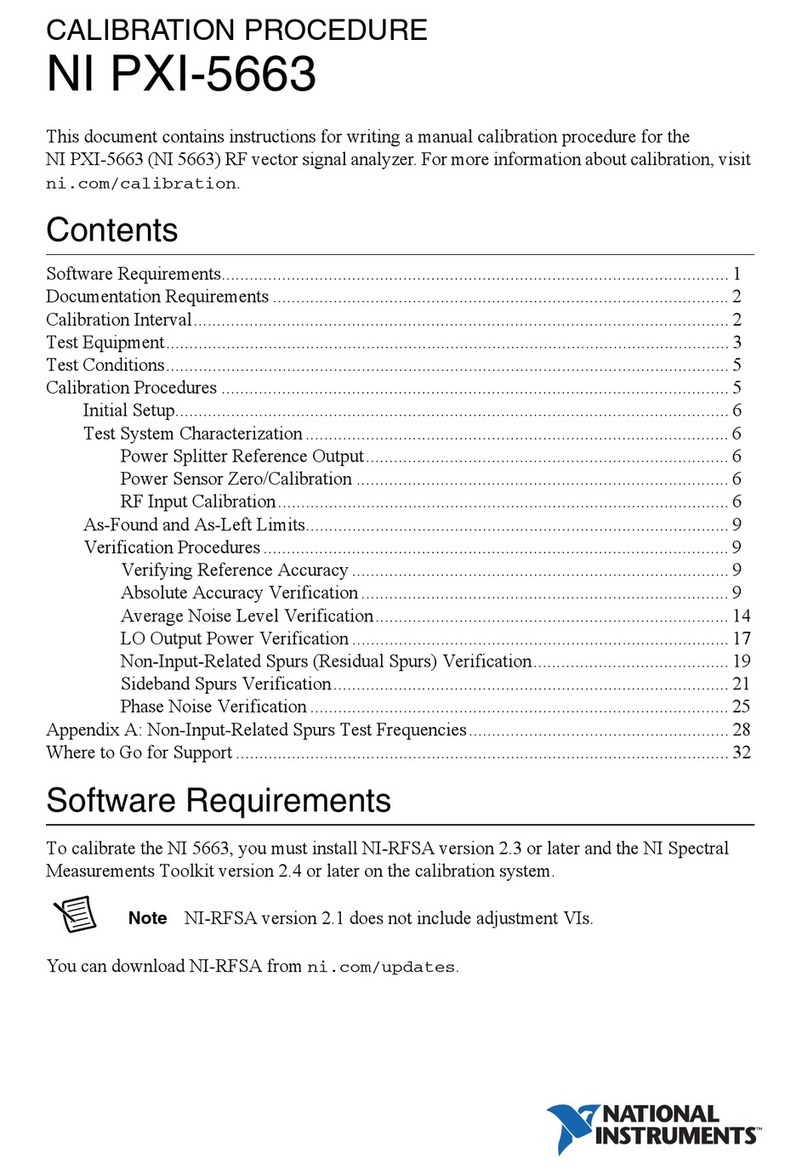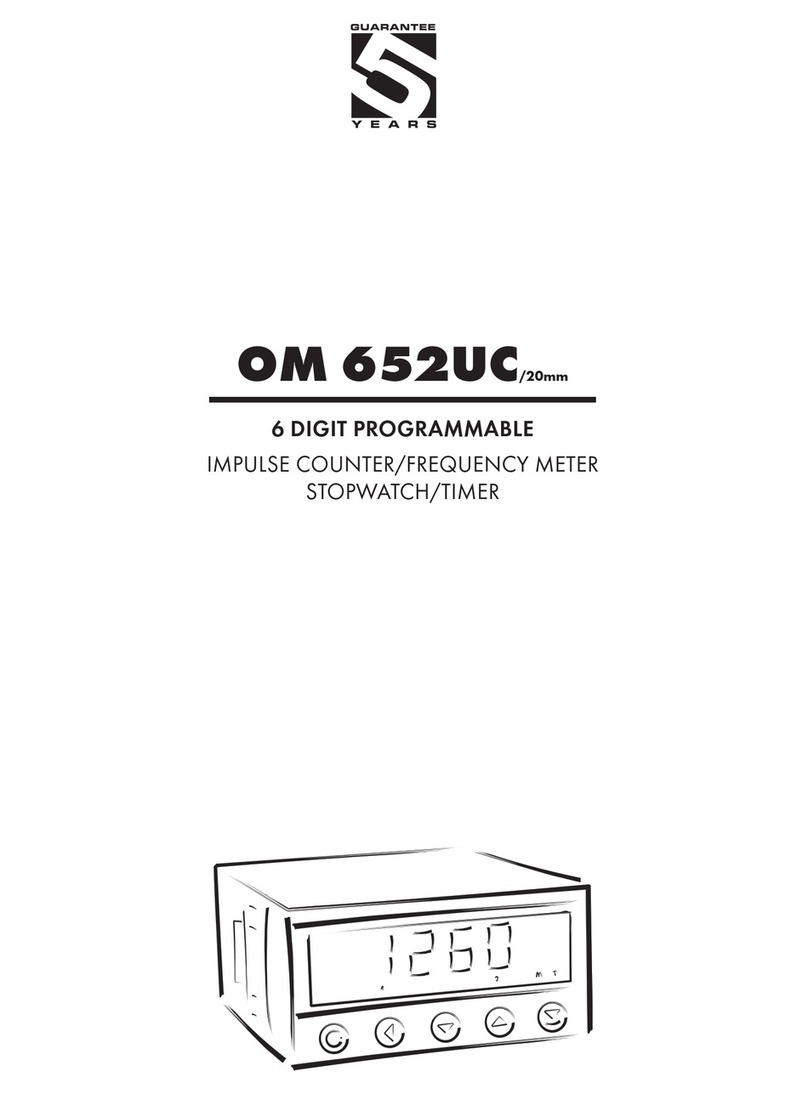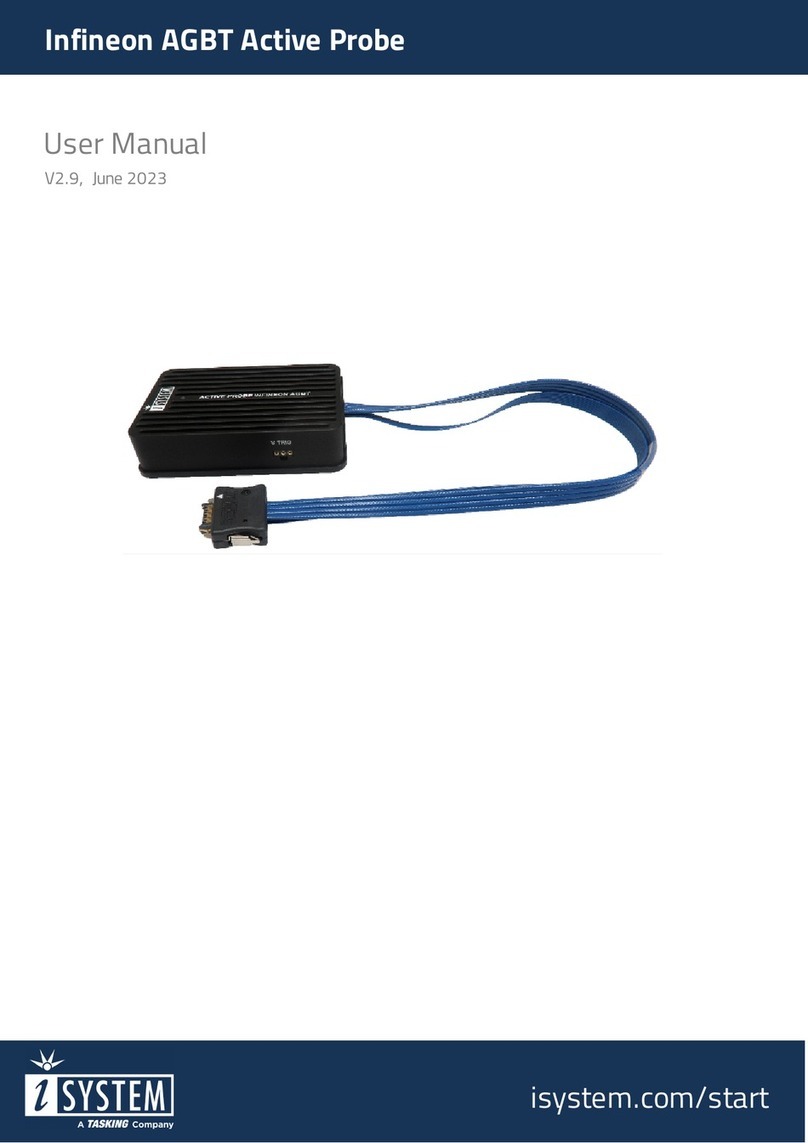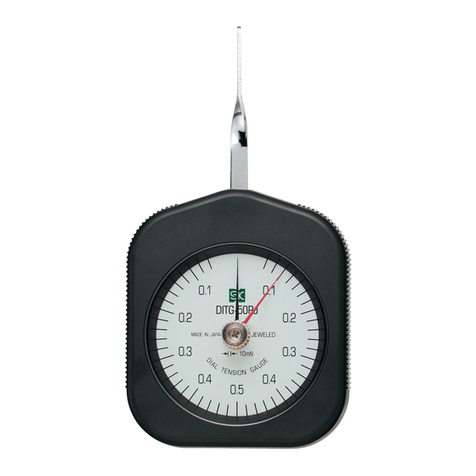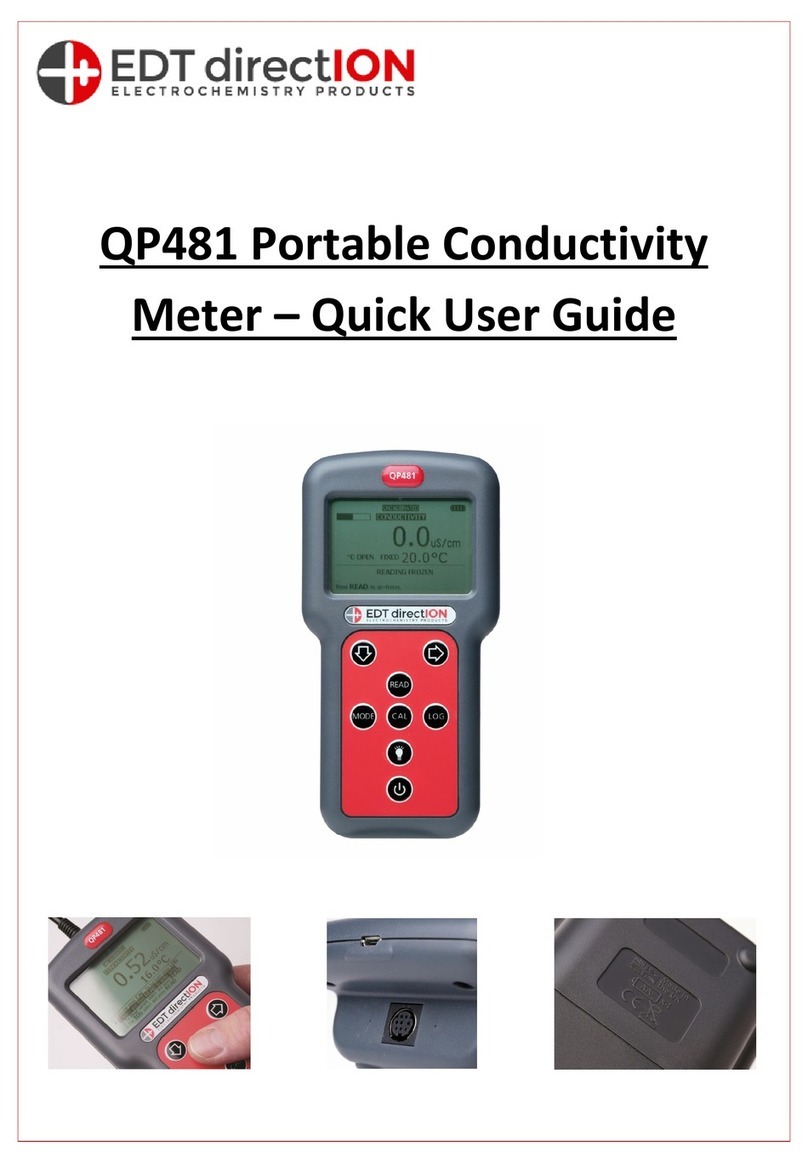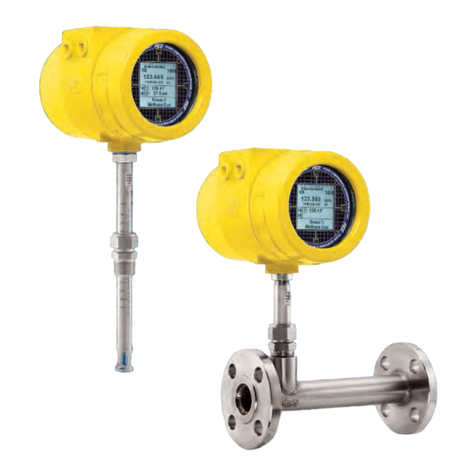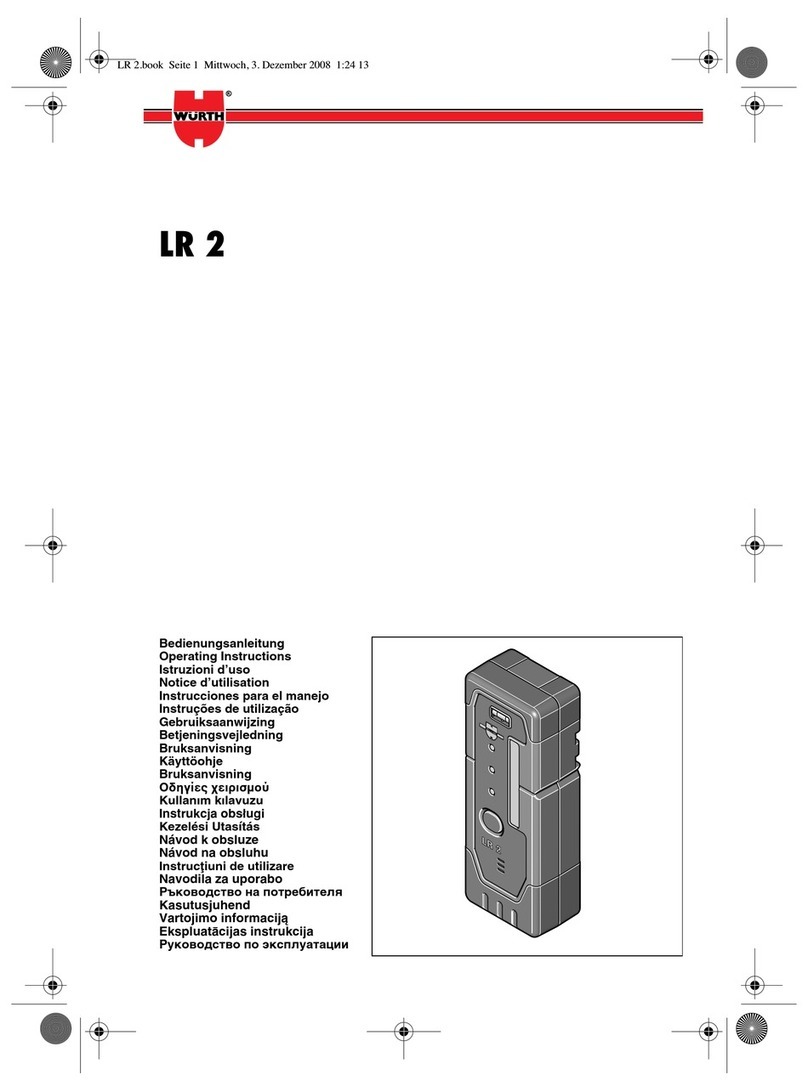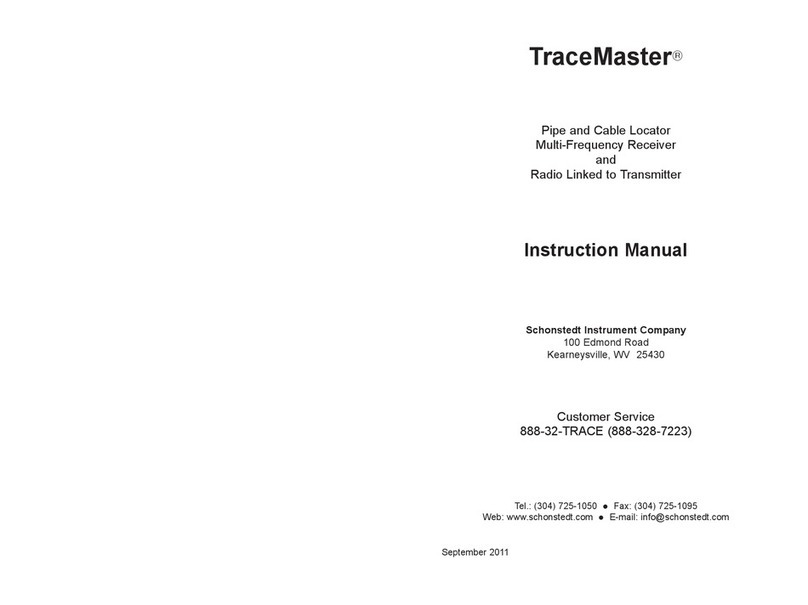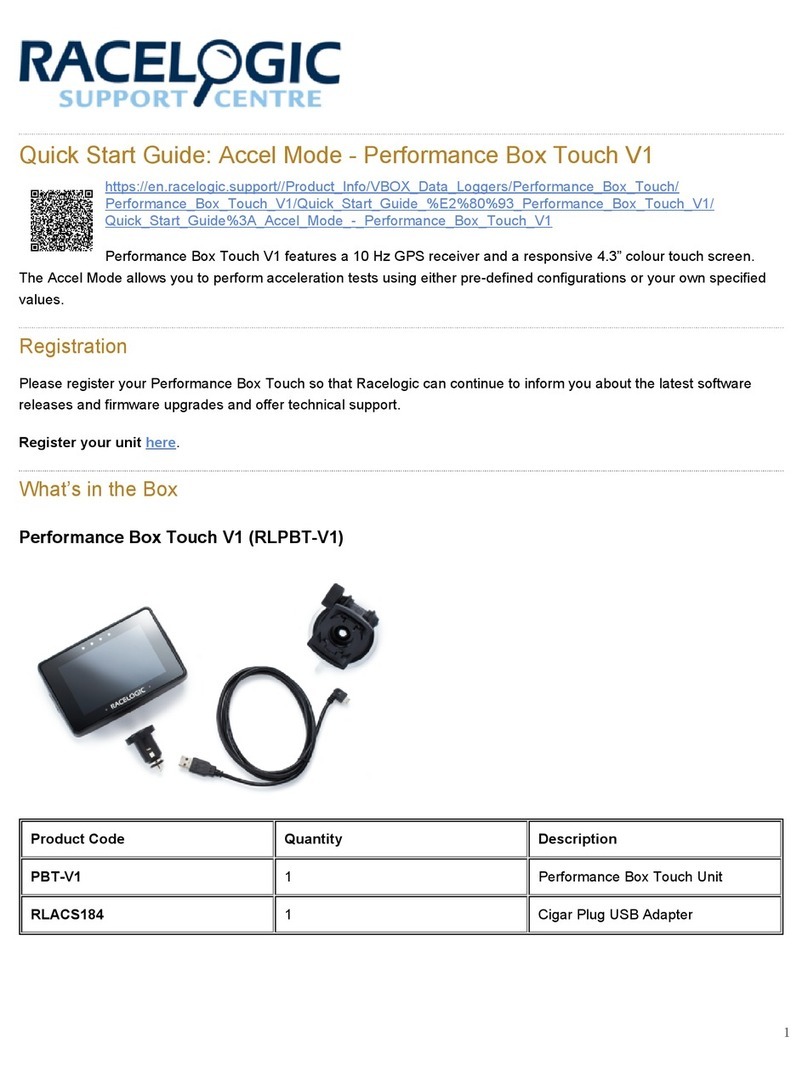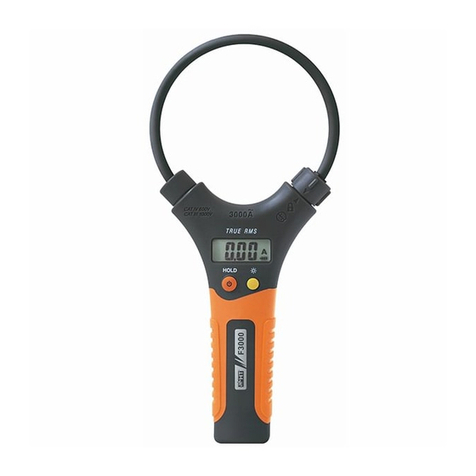
Fluid Components International LLC
Thispageissubjecttoproprietaryrightsstatementonlastpage
2 Doc. No. 06EN003367 Rev. E
ST50 Mass Flow Meter
Specifications
Instrument
Media Compatibility: Air, compressed air, and nitrogen
Pipe/LineSize Compatibility:23" to24" [51 mmto 610 mm]
Range:Air, compressed air, or nitrogen: 0.75 SFPS to 400 SFPS
[0.23MPS to 122MPS]
Accuracy:Standard: ±2% of reading, ±0.5% of full scale
Optional: ±1% of reading, ±0.5% of full scale
Repeatability:±0.5% of reading
TemperatureCompensation:
Standard: 40 °F to 100 °F [4 °C to 38 °C]
Optional:0°F to 250 °F [-18 °C to 121 °C]
TurndownRatio:3:1to 100:1
AgencyApprovals:1
FM/CSA: Nonincendive for use in Class 1, Division 2,
GroupsA, B, C and DT4 Ta = 60 °C Indoor
Hazardous (Classified) Locations.
ATEX/IECEx: II 3 G EEx nA II T6; II 3 D T65°C
(DC input power only)
CPA, CE Mark, PED
Warranty: One year
Flow Element (Standard or FPC Type)
Installation:
Insertion, variable length with 1/2" or
3/4" NPT(M) compression fitting.
Type:Thermal dispersion
Material of Construction: 316 stainless steel body with
Hastelloy C thermowell sensors, 316 stainless steel
compression fitting with Teflon or stainless steel ferrule
Pressure (Maximum Operating without Damage):
Stainless steel ferrule: 500 psig [34 bar(g)]
Teflon ferrule: 150 psig [10 bar(g)]
Retractable packing gland: 500 psig [34 bar(g)]
Temperature(MaximumOperation):
Stainless steel ferrule: 0 °F to 250 °F [-18 °C to 121 °C]
Teflonferrule: 0 °F to 200 °F [-18 °C to 93°C]
ProcessConnection: 1/2" MNPT or 3/4" MNPT with
stainless steel or Teflon ferrule; retractable packing gland, 1/2"
or 3/4" MNPT with graphite orTeflon packing.
Insertion Length: Field adjustable lengths: 1" to 6"
[25mm to152 mm]; 1"to 12"[25 mm to305 mm];
or1" to 18" [25 mmto 457 mm]
Flow Transmitter
Enclosure: NEMA 4X [IP67], aluminum, dual conduit ports
with either 1/2" NPT or M20x1.5 entries. Epoxy coated.
Analog Output Signals:
Dual 4-20 mA, configurable to flow
rate and/or temperature (500 ohm max impedance) and a pulse
output for total flow.
Output Pulse, Source:
Totalized flow or alarm setpoint. 15 VDC.
Pulse width at 50% duty cycle for rates 0 to 500 Hz, 0.5 second
pulse width for pulse rates below 1 Hz. 25 mA maximum load
pulsed, 10 mA maximum load if state set to normally on.
Output Pulse, Sink:
Totalized flow or alarm setpoint. Pulse
width at 50% duty cycle for rates 1 to 500 Hz, 0.5 second pulse
width for rates below 1 Hz. Customer power source and load
not to exceed 40 VDC and 150 mA.
CommunicationPort: RS232C, standard.
InputPower:
DC:18VDCto36VDC(6 Wmaximum)
AC:85VAC to 265VAC(12 Wmaximum,1.6Afuse)
(CEMarkApprovalfrom 100VACto 240VAC)
PowerFilterBoard:
Amp
Code Rated
Current Voltage
Rating
Littelfuse TR5 Series
374 1160 0410 1160 1.60 A 250 V
Breaking Capacity 50A/250 VAC 50-60 Hz cos φ= 1.0
OperatingTemperature:For Indoor or Outdoor use,
0°F to 140 °F [-18 °C to 60°C]
MaximumRelativeHumidity:100%
MaximumAltitude:12,000ft.(3,658m)
DigitalDisplay: ±9999 CountsLCD, 0.45" H[11.4 mm]
characters, user scalable to flow rate units or as 0-100%.
For applications in Div. 1 / Zone 1 environments and/or for
dual-line digital display with built-in totalizer display, refer to
FCIModel ST51.




















